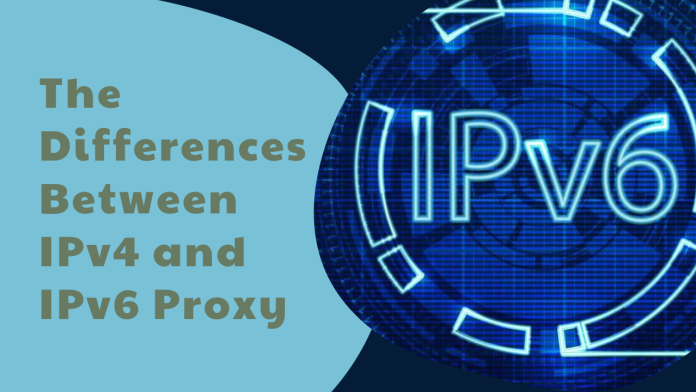In the ever-evolving landscape of the internet, proxies play a pivotal role in safeguarding online identity, enhancing security, and enabling various online activities. Among the numerous types of proxies, IPv4 and IPv6 proxies stand out as crucial components. Understanding the differences between IPv4 and IPv6 proxies is essential for anyone navigating the complexities of online privacy and security. In this article, we will delve into these differences to shed light on their unique characteristics and use cases.
IP Address Structure
The primary distinction between IPv4 and IPv6 proxies lies in their IP address structure. IPv4, the fourth version of the Internet Protocol, employs a 32-bit address format. These addresses are composed of four sets of numbers, each ranging from 0 to 255, separated by dots (e.g., 192.168.1.1). On the other hand, IPv6, the sixth and latest version, utilizes a 128-bit address format. These addresses consist of eight groups of four hexadecimal digits, separated by colons (e.g., 2001:0db8:85a3:0000:0000:8a2e:0370:7334).
Address Exhaustion and Scalability
IPv4 addresses are rapidly depleting due to the explosive growth of the internet. This scarcity is a significant concern, as it limits the number of devices and users that can connect to the internet. IPv6 was introduced to address this issue, providing an immensely larger pool of IP addresses. With its 128-bit address space, IPv6 can accommodate an astronomical number of unique addresses, ensuring the continued growth of the internet and accommodating an ever-expanding array of devices.
Security and Privacy
IPv6 proxy offer enhanced security and privacy features compared to their IPv4 counterparts. The longer address format of IPv6 makes it inherently more resistant to various types of attacks, such as IP spoofing. Moreover, IPv6 enables end-to-end encryption by default, ensuring data integrity and confidentiality. These features make IPv6 proxies an attractive choice for users concerned about online security and privacy.
Compatibility and Adoption
IPv4 has been in use for decades and remains the dominant protocol on the internet. This extensive adoption means that most websites and online services are designed to work seamlessly with IPv4. IPv6, while essential for future scalability, is not yet as universally supported. Users and organizations considering IPv6 proxies should ensure compatibility with their specific online activities.
In summary, understanding the differences between IPv4 and IPv6 proxies is crucial for optimizing online experiences. IPv4, with its familiar address structure, remains prevalent but faces address exhaustion issues. IPv6 proxy, with its larger address space and improved security features, is the protocol of the future. When choosing between IPv4 and IPv6 proxies, users must consider their specific needs and the compatibility of their online activities with each protocol. Whether enhancing security or preparing for future scalability, the choice between IPv4 and IPv6 proxies will play a pivotal role in shaping the online experience.
Please do not hesitate to contact ProxyGEO to know more information.









